Dublin, a city steeped in history, rich in culture, and famous for its warm Irish hospitality, stands out as one of Europe’s most vibrant destinations. With its cobblestone streets, lively pubs, and a seamless blend of old and new, Dublin offers an unforgettable experience. However, Dublin is also often cited as one of Europe’s more expensive cities, raising the question: Is Dublin expensive to visit?
This guide aims to provide a detailed overview of Dublin's travel expenses, covering everything from accommodation prices to the cost of food and attractions. With the right strategies, like choosing budget-friendly options through Holiday Swap, travellers can navigate Dublin without draining their wallets. This comprehensive guide will help you plan a memorable Irish adventure that suits your budget, whether you are a budget traveller, a mid-range tourist, or someone seeking luxury.
Overview of Dublin's Cost of Living
Dublin’s reputation as an expensive city is well-earned, especially when compared to other major European cities. However, understanding the factors contributing to this perception can help you manage your travel expenses more effectively.
General Cost of Living in Dublin
Dublin is considered one of the more expensive cities in Europe, particularly when it comes to accommodation, public transport, and dining out. The City Costs Barometer, a reliable indicator of travel expenses across European cities, consistently places Dublin high on the list. But why is Dublin so expensive?
Several factors contribute to Dublin's high cost of living:
Demand and Supply: Dublin is a compact city with a high demand for accommodation, particularly in central locations. This demand drives up accommodation prices, especially during peak tourist seasons.
Inflation: Like many major cities, Dublin has experienced inflation, particularly in the hospitality and services sectors, which affects everything from hotel prices to average meal cost.
Tourist Popularity: As one of Europe’s most visited cities, Dublin attracts a large number of tourists year-round, which further contributes to the higher prices.
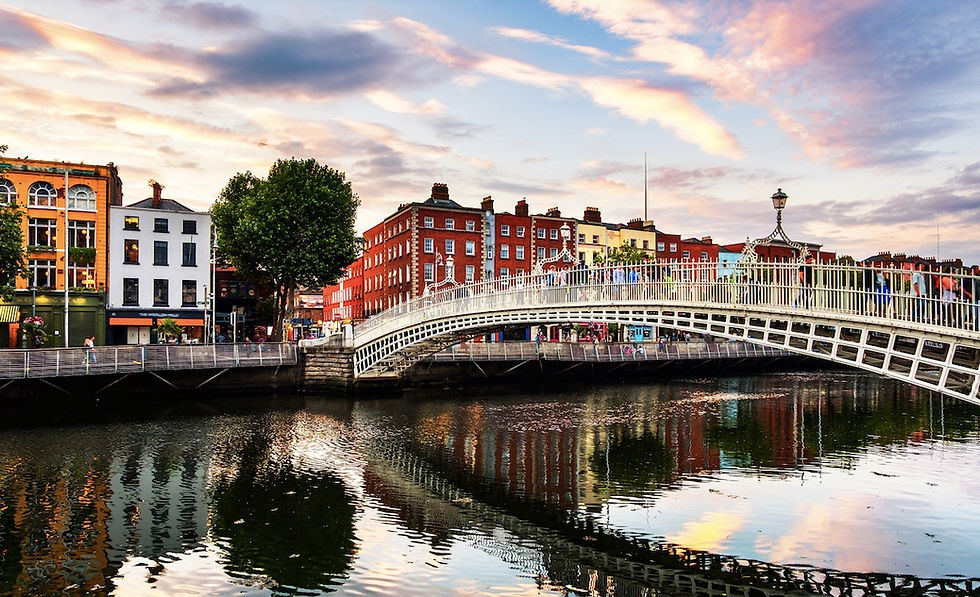
Dublin as an Expensive City
The perception of Dublin as an expensive city is reinforced by several key factors:
Accommodation Costs: Staying in Dublin can be costly, especially if you’re aiming for hotels in prime locations like Grafton Street or Temple Bar. Prices can vary significantly depending on the time of year and the type of accommodation you choose.
Public Transport: Although Dublin’s public transport system is efficient, the costs can add up, especially if you’re relying on taxis or rideshare services.
Dining Out: Dublin’s food scene is diverse and offers something for every palate, but it can be pricey, particularly if you’re dining in the city centre or opting for fine dining experiences.
However, with careful planning and the right choices, you can manage these costs and enjoy all that Dublin has to offer without overspending.
Accommodation Options in Dublin
Accommodation costs in Dublin vary widely, with options ranging from budget hostels to luxury hotels. Finding the right place to stay is crucial to managing your travel expenses effectively.
Budget Hostels and Affordable Accommodation
For budget travellers, Dublin offers a variety of affordable lodging options that allow you to enjoy the city without spending a fortune on accommodation.
Top Budget Hostels:
Generator Dublin: Located in the Smithfield area, this hostel offers dorm beds and private rooms at competitive prices. It’s an excellent option for broke backpackers looking to stay in a central location without breaking the bank.
Jacobs Inn: Situated near Dublin’s main bus and train stations, Jacobs Inn provides affordable dormitory and private rooms. It’s ideal for those who want to be close to major attractions like Dublin Castle and Temple Bar.
Holiday Swap and Alternative Lodging:
Holiday Swap: This platform allows travellers to swap homes or rent private accommodations at an affordable price, making it perfect for long-term travellers. Whether you're staying near Dublin Airport or in the heart of the city centre, Holiday Swap offers a cost-effective alternative to traditional hotels.
Airbnb and Serviced Apartments: These are other excellent options for budget-conscious travellers, especially for those staying for extended periods or travelling with a group.
Mid-Range Hotels
If you’re looking for something more comfortable without splurging on luxury, Dublin’s mid-range hotels provide a good balance between cost and amenities.
Jurys Inn Dublin Parnell Street: Centrally located and offering modern amenities, this hotel is a popular choice for mid-range travellers. Its proximity to Grafton Street and other key areas makes it an ideal base for exploring Dublin.
Maldron Hotel: Another mid-range option, offering spacious rooms and convenient access to the city’s main attractions. It’s perfect for travellers who want comfort without the high price tag of luxury hotels.
Luxury Lodgings
For those who don’t mind spending more, Dublin’s luxury hotels provide top-tier service, stunning interiors, and prime locations.
The Westbury Hotel: Located just off Grafton Street, The Westbury offers an opulent stay with easy access to Dublin’s best shopping and dining experiences. The average price for a room here can range from €200 to €400 per night, depending on the season.
The Shelbourne Dublin: A historic hotel with luxurious amenities and a rich heritage, The Shelbourne is a favourite among those looking for an exclusive experience. Rooms here often start at €250 per night, offering views of St. Stephen’s Green and the city skyline.
Transportation Costs in Dublin
Navigating Dublin is relatively straightforward, thanks to its compact size and efficient public transport system. However, transportation costs can vary depending on your preferred method of travel.
Public Transportation Overview
Dublin’s public transportation system includes buses, trams (Luas), and trains (DART and commuter rail). It’s one of the most affordable ways to get around the city, especially if you plan your routes and use the right passes.
Dublin Bus: Dublin’s bus service covers the entire city and its suburbs. The cost of a single journey typically ranges from €2 to €5, depending on the distance. For frequent travellers, a Leap Visitor Card offers unlimited travel on buses, trams, and trains for a set period, which can be a great money-saver.
Luas (Tram): The Luas tram system is a convenient way to travel between the city centre and outlying areas. Tickets cost between €2 and €3, depending on the zones travelled.
DART (Dublin Area Rapid Transit): DART trains run along Dublin’s coastline, connecting the city with suburbs and coastal towns. Fares vary depending on the distance but generally fall between €2 and €6.
Commuter Rail: Dublin’s commuter rail service extends to city limits and beyond, making it a good option for day trips or travelling to the suburbs. Prices vary depending on the distance travelled, with a typical round-trip costing around €10 to €20.
Leap Visitor Card: This card is the most cost-effective way for tourists to explore Dublin. It offers unlimited bus travel, train travel, and tram trips for durations ranging from 1 to 7 days. The 7-day pass is particularly popular among long-term travellers as it provides unlimited access to all forms of public transport within Dublin’s city limits.
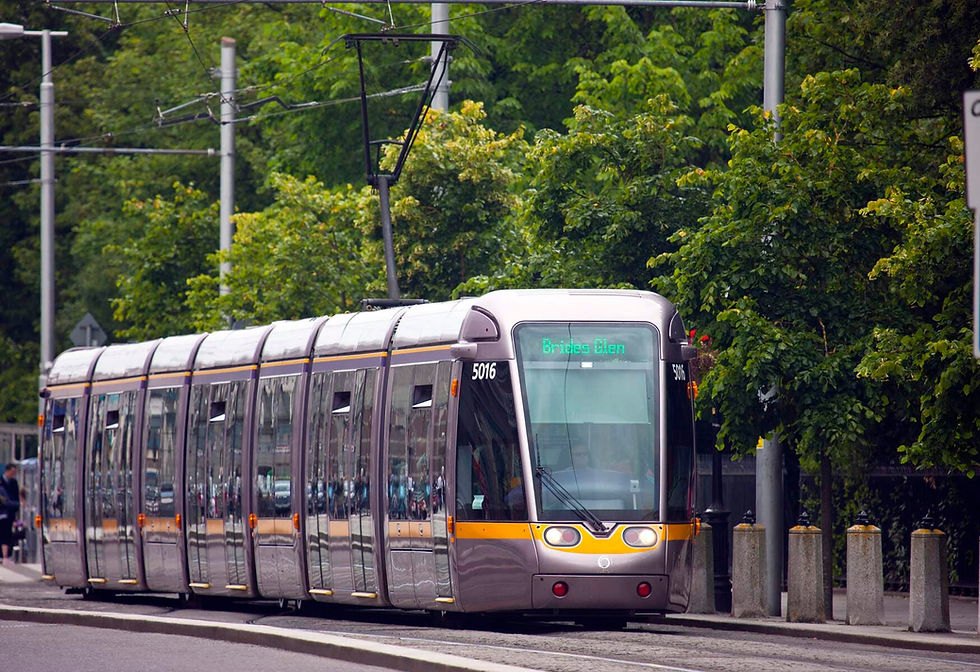
Taxi, Rideshare, and Car Rentals
While Dublin’s public transport is efficient, you might find it more convenient to use taxis or rideshares, particularly late at night or when travelling with luggage.
Taxis: Taxis are widely available throughout Dublin, with fares starting around €4 and increasing based on distance and time. A trip from Dublin Airport to the city centre typically costs between €25 and €35, depending on traffic.
Rideshare Services: Uber and other rideshare options are available in Dublin, often offering a more affordable alternative to traditional taxis. Prices are similar to taxi fares but can vary based on demand and time of day.
Car Rentals: Renting a car is a good option if you plan to explore areas outside of Dublin or embark on road trips across Ireland. Rental prices start at around €40 per day, but don’t forget to factor in rental car insurance, which can add another €15 to €30 per day.
Cycling and Walking Around Dublin
Dublin is a compact city, making cycling and walking popular options for getting around, especially in the city centre.
City Bike Rentals: Dublin Bikes, a popular bike-sharing scheme, allows you to rent bicycles from various stations around the city. A 3-day pass costs around €5, with the first 30 minutes of each ride free. It’s a cheap option for getting around quickly, especially if you’re visiting multiple attractions in one day.
Walking: Many of Dublin’s main attractions are within walking distance of each other. Areas like Temple Bar, Grafton Street, and Dublin Castle are easily accessible on foot, saving you money on transport while offering a more immersive experience of the city’s cobblestone streets.
Food and Dining Expenses in Dublin
Dublin’s food scene is diverse, with options ranging from affordable street food to fine dining experiences. Understanding the cost of food in Dublin can help you manage your daily budget more effectively.
Budget-Friendly Eateries
For those travelling on a tight budget, Dublin has plenty of affordable dining options.
Street Food: Dublin’s street food scene is thriving, with food markets and stalls offering everything from traditional Irish breakfast to international cuisine. Expect to pay between €5 and €15 for a meal. Popular spots include Temple Bar and Camden Street, where you can find a mix of traditional and contemporary bites.
Greasy Spoon Cafes: Cafes like Pieman Cafe offer hearty, budget-friendly meals, with prices ranging from €5 to €10. These cafes are popular among locals and broke backpackers looking for a filling meal without the hefty price tag.
Affordable Chain Restaurants: Dublin is home to several affordable chain restaurants like Apache Pizza, where a medium pizza costs around €10-€12. These chains are great for a quick, cheap meal when you’re on the go.
Mid-Range Restaurants
Dublin’s mid-range restaurants offer a good balance between quality and price, making them a popular choice for many travellers.
Average Meal Cost: Expect to pay around €20-€40 per person at mid-range restaurants. These establishments typically offer a mix of Irish and international cuisine, with popular dishes including Irish stew, fish and chips, and various meaty meals.
Sit-Down Restaurants: Dining at a sit-down restaurant in Dublin often comes with a 10-15% service charge. Some popular mid-range dining spots are located along Grafton Street and in the Temple Bar area.
Fine Dining Experiences
For those looking to indulge, Dublin’s fine dining scene offers some exceptional experiences.
High-End Dining: Dining at one of Dublin’s fine dining establishments can cost €40-€100+ per person. These restaurants often feature gourmet Irish and international cuisine, served in an elegant setting. The Temple Bar area is home to several renowned restaurants, offering everything from traditional Irish fare to modern culinary creations.
Wine and Whiskey: Fine dining in Dublin isn’t complete without sampling some of the city’s finest drinks. A glass of wine at a high-end restaurant can cost €10-€15, while premium Irish whiskeys might range from €12-€25 per shot.
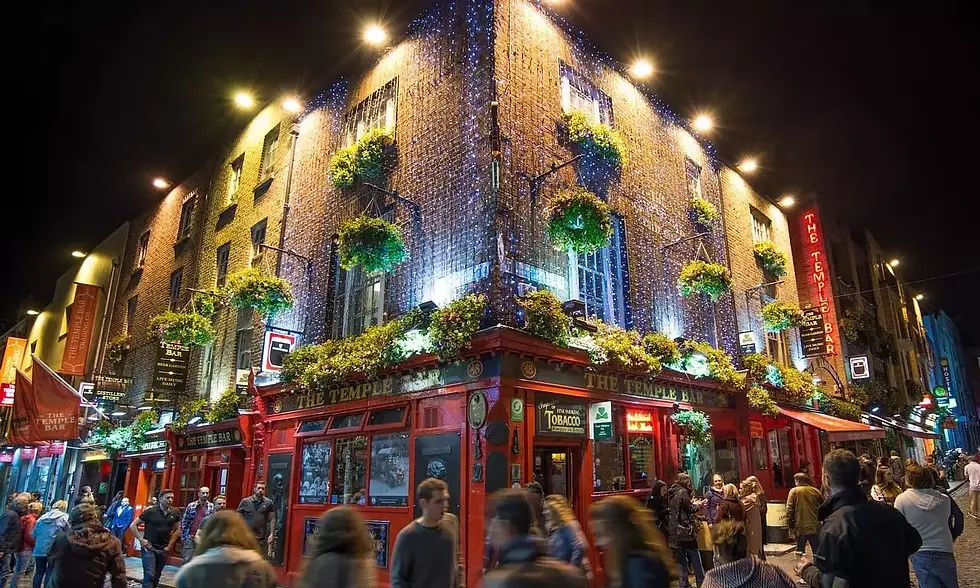
Cost of Attractions in Dublin
Dublin is rich in cultural heritage and offers a wide range of attractions, from historic landmarks to modern museums. While some attractions are free, others require an entry fee, so it’s important to budget for these expenses.
Free and Low-Cost Attractions
Dublin has plenty of free and low-cost attractions that allow you to explore the city without spending much.
Parks and Gardens: St. Stephen’s Green, Phoenix Park, and the National Botanic Gardens are all free to enter and provide beautiful spaces to relax and enjoy nature.
Museums and Galleries: Several of Dublin’s museums and galleries offer free entry, including the National Gallery of Ireland and the Irish Museum of Modern Art. These venues provide a fascinating insight into Dublin’s cultural heritage without any cost.
Ticketed Attractions and Museums
For ticketed attractions, it’s essential to plan your expenses.
Dublin Castle: A must-visit site for history buffs, Dublin Castle charges an entry fee of around €10. Guided tours, which provide more in-depth insights, cost a little extra.
Trinity College and the Book of Kells: Visiting the iconic Trinity College and viewing the Book of Kells costs around €14 per person. This includes access to the Old Library, one of Dublin’s most photographed interiors.
The Dublin Pass: This pass offers entry to multiple attractions for one price, making it a great value if you plan to visit several sites. The Dublin Pass typically costs between €50 and €100, depending on the duration and inclusions. It’s a popular choice among travellers looking to save money on entry fees while maximizing their Dublin experience.
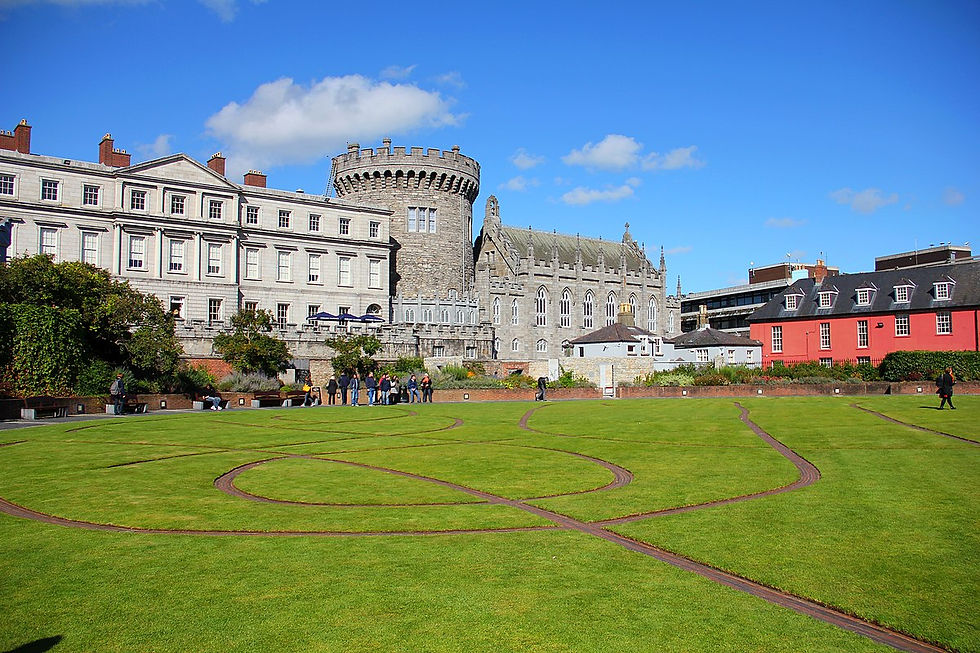
Tours and Guided Activities
Guided tours and activities offer a deeper understanding of Dublin’s history and culture, but they do come at a cost.
Walking Tours: Walking tours around Dublin’s historic areas, such as Grafton Street and the Oscar Wilde statue, cost between €10 and €30. These tours are a great way to learn about the city’s history from knowledgeable guides.
Day Trips: Dublin’s location makes it an ideal base for exploring other parts of Ireland. Day trips to places like the Cliffs of Moher, County Wicklow, and the Wicklow Mountains cost between €40 and €100, depending on the destination and the tour provider. These trips offer excellent value for money, especially when you consider the beautiful landscapes and cultural insights they provide.
Nightlife and Entertainment Expenses
Dublin is renowned for its vibrant nightlife, with a diverse array of entertainment options, including clubs, theatres, and live music venues. It’s important to plan your budget for these experiences, as they can add up quickly.
Live Music Venues and Performances
Dublin’s live music scene is one of its biggest attractions, and no visit to the city is complete without experiencing its musical heritage.
Typical Prices: Entry to live music venues in Dublin ranges from €5 to €15, depending on the location and the performers. Many venues offer a variety of genres, from traditional Irish music to contemporary acts, providing a rich musical experience.
Cover Charges: Some of the more popular music venues, especially those in the Temple Bar area, may have a cover charge of €5-€10. The experience of listening to live music in an authentic setting is well worth the cost.
Clubs and Other Entertainment Options
For those who enjoy dancing or other forms of evening entertainment, Dublin offers a wide variety of options.
Nightclubs: Entry fees for Dublin’s nightclubs range from €10 to €20. These venues often feature a mix of local and international music, catering to a variety of tastes. Some of the most popular clubs are located in the Temple Bar area, known for its lively atmosphere.
Theatre and Comedy: Dublin is also famous for its theatre scene, with venues like the Abbey Theatre offering regular performances. Ticket prices for theatre shows typically range from €20 to €50, depending on the production. Comedy clubs are another popular option, with tickets usually costing around €15-€25, offering a great night out filled with laughter.
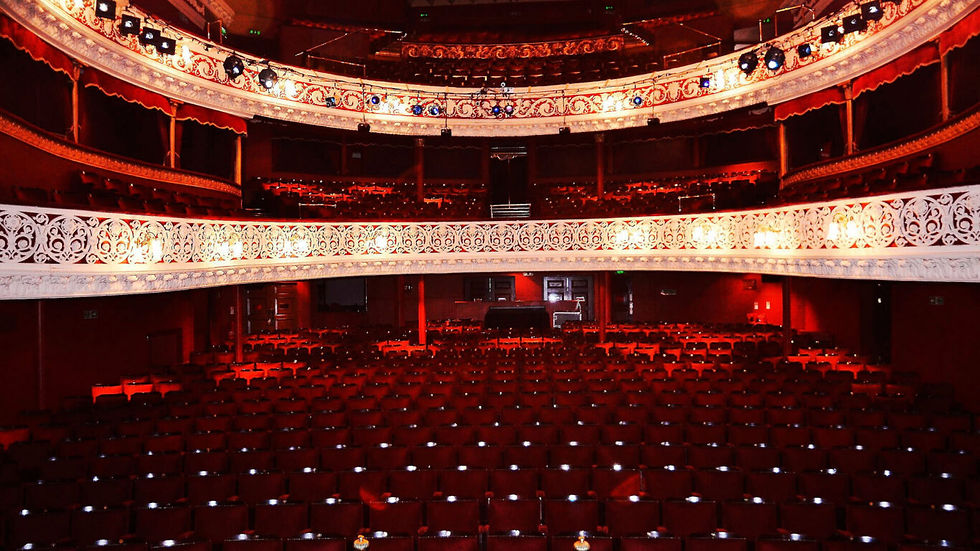
Average Daily Spending by Travel Style
Your daily budget in Dublin will vary significantly depending on your travel style. Here’s a breakdown of what you can expect to spend based on different travel preferences.
Budget Travellers
For budget travellers, Dublin can still be an affordable destination if you plan carefully.
Daily Budget: €50-€80
Accommodation: Dorm beds in hostels like Generator Dublin or Jacobs Inn cost between €20-€40 per night.
Food: Stick to street food, greasy spoon cafes, or Apache Pizza for meals that cost around €5-€15.
Transport: Use a Leap Visitor Card for unlimited travel on public transport, which costs about €10 per day.
Attractions: Focus on free or low-cost attractions like parks, museums, and walking tours.
Mid-Range Travellers
Mid-range travellers who want a bit more comfort can expect to spend more but still keep their daily costs reasonable.
Daily Budget: €100-€150
Accommodation: Stay in mid-range hotels like Jurys Inn Dublin Parnell Street, where rooms cost around €80-€120 per night.
Food: Dine at mid-range restaurants where the average meal cost is €20-€40 per person.
Transport: Combine public transport with occasional taxi rides, budgeting around €15-€25 per day for transport.
Attractions: Visit a mix of free and ticketed attractions, including guided tours and entry to museums.
Luxury Travellers
For those who prefer luxury, Dublin offers plenty of high-end experiences, but be prepared for higher costs.
Daily Budget: €200-€300+
Accommodation: Stay in luxury hotels like The Shelbourne Dublin, where rooms can cost €250+ per night.
Food: Enjoy fine dining experiences at restaurants in Temple Bar or Grafton Street, where meals can cost €50-€100 per person.
Transport: Use taxis or rent a car for greater convenience, with daily transport costs potentially exceeding €50.
Attractions: Opt for exclusive tours, private guides, and tickets to premium attractions like the Book of Kells or Dublin Castle.
Seasonal Price Variations in Dublin
The cost of visiting Dublin can vary depending on the time of year, with peak seasons seeing higher prices across the board.
Off-Peak Travel Benefits
Travelling to Dublin during the off-peak season (autumn and winter) has several advantages:
Lower Costs: Accommodation prices are significantly lower, with many hotels offering discounts during these quieter months.
Fewer Crowds: Attractions are less crowded, allowing for a more relaxed experience. You can explore cobblestone streets and cultural heritage sites without the hustle and bustle of peak-season tourists.
Special Prices: Many attractions offer special prices during the off-peak season, making it a great time for budget travellers.
Peak Season Costs and Considerations
Peak season in Dublin typically falls during the summer months and around major events like St. Patrick’s Day.
Higher Costs: Accommodation and transport costs rise significantly during the peak season. Hotels in central locations like Grafton Street and Temple Bar can see prices double or even triple.
Plan Ahead: If you’re travelling during peak season, it’s essential to book accommodation and tickets for attractions well in advance to secure the best rates.
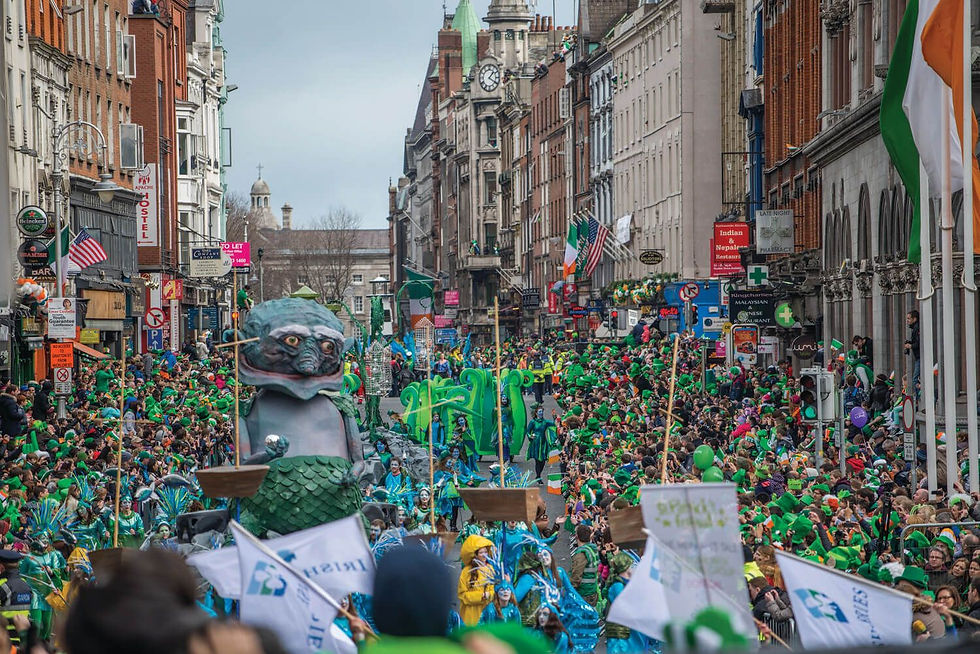
Tips for Saving Money in Dublin
Dublin can be an expensive city to visit, but there are several strategies you can use to keep your costs down.
Use a Leap Visitor Card: This card offers unlimited bus travel, train travel, and tram trips, making it the best value for public transport. The 7-day pass is particularly good for those planning to stay longer.
Eat at Affordable Places: Visit greasy spoon cafes, chip shops, and chain restaurants like Apache Pizza for affordable meals. These places offer great value for money and authentic Irish dining experiences.
Stay in Budget Accommodation: Use Holiday Swap or stay in budget hostels like Generator Dublin to save on accommodation costs.
Take Advantage of Free Attractions: Dublin has many free attractions, including parks, museums, and historical landmarks. Plan your itinerary around these to minimize costs.
Avoid Peak Season: Travel during the off-peak season to take advantage of lower prices and special deals on accommodation and attractions.
Concluding Your Trip to Dublin
Dublin is a city that offers something for everyone, from its rich history and cultural heritage to its vibrant nightlife and diverse food scene. While Dublin is often seen as an expensive city to visit, careful planning and smart choices can help you manage your expenses and enjoy the best of what the city has to offer.
Whether you’re a budget traveller looking to experience Dublin without spending a fortune, a mid-range tourist seeking a balance of comfort and affordability, or a luxury traveller wanting to indulge in the finer things, Dublin has options to suit every travel style. Use this comprehensive guide to navigate Dublin’s costs effectively and make the most of your Irish adventure.
By using options like Holiday Swap, the Leap Visitor Card, and careful budgeting, you can experience Dublin’s charm, history, and hospitality without breaking the bank. So, is Dublin expensive to visit? It can be, but with the right approach, it’s a wonderful city that’s well worth the visit, offering memories and experiences that are priceless.
Enjoy your trip, and may your time in Dublin be filled with warmth, joy, and the tasty scoop of Irish culture that only this amazing location can provide.
